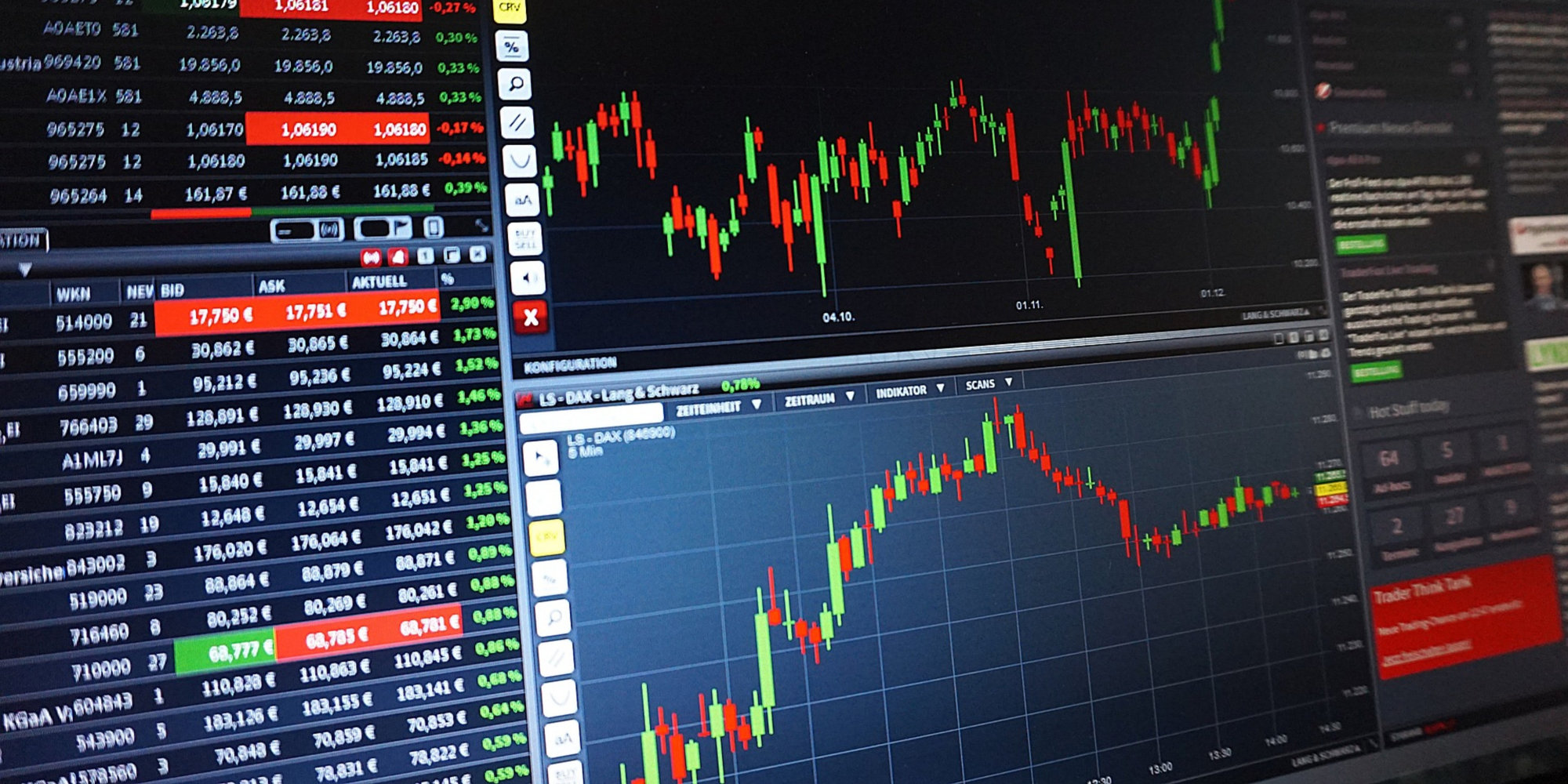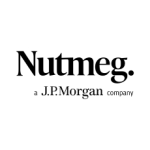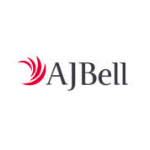Travel Costs Drive Up Inflation
18 May 2011 / by Paul Dicken
The rate of price increases – on the official measure of inflation – went up to 4.5 per cent in April, from four per cent in March, according to the Office for National Statistics.
The latest figures showed CPI (Consumer Prices Index) was at its highest level since the record high of 5.2 in September 2008, largely attributed to the cost of air and other travel going up around Easter. This was slightly offset, however, by petrol and diesel increasing at a lower rate compared to April 2010.
Other upward pressures on inflation came from alcoholic beverages and tobacco, while gas bills remain high and rental costs increased by a higher level compared to last year.
The ONS said the Retail Prices Index was at 5.2 per cent down slightly from 5.3 per cent in March.
Future inflation and interest rate expectations
Fixed interest fund manager at M&G Investments , Mike Riddell, said the VAT increase was still having an effect on CPI inflation which, assuming there was no further VAT increase, would fall out of inflation figures for early 2012.
The Bank of England Monetary Policy Committee meeting notes for 4 and 5 May said the balance between the risks of inflation increasing or decreasing had not changed over the previous month to warrant a change in monetary policy (the Bank kept interest rates at 0.50 per cent).
To date the high inflation had not fed into medium-term inflation expectations or higher wage demands , despite the short term outlook for inflation worsening, the minutes said.
In the longer term, ‘inflation was still likely to fall back in the medium term, as the temporary impacts of the factors currently raising inflation diminished and some downward pressure from a margin of spare capacity persisted.’
The reference to spare capacity refers to weak economic growth, which is prompting the prolonged period of ultra low interest rates.
Options for savers
Figures published by financial research firm Defaqto on 17 May, showed just 1.1% of savings accounts currently offered a real rate of return, taking into account the CPI measure of rising living costs.
Inflation-linked savings accounts can offer a direct protection against the effects of inflation, offering interest at the rate of inflation plus a certain amount, such as 0.50 per cent. These plans issued by building societies such as Birmingham Midshires or National Savings and Investments.
These accounts are usually longer term fixed rate plans for three or five years, so if inflation falls during the plan term, the rate may become uncompetitive.
Other fixed rate bonds can also offer competitive rates on longer term accounts, such as the Birmingham Midshires 5 Year Fixed Rate Bond which currently offers 5.05 per cent gross AER interest.
Other types of saving or investment can offer potential rates at or above inflation. For example, structured deposit plans can offer competitive rates with a level of capital protection but these are normally potential returns, linked to market performance, rather than a fixed rate from a savings account.
© Fair Investment Company Ltd
Tags






